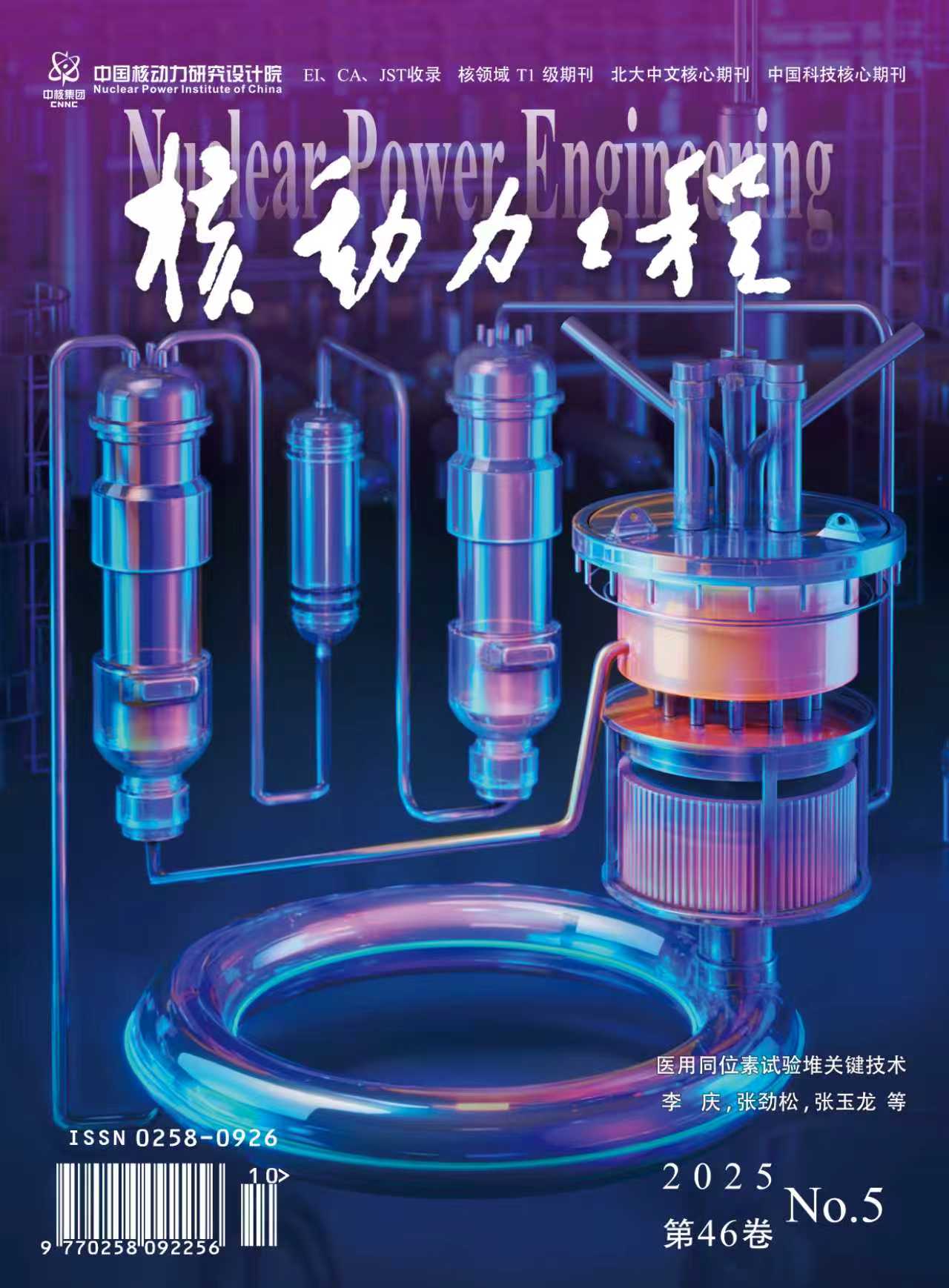Abstract:
In order to identify human error mechanism, the Organization-oriented human error analysis (OTHEA) technique is used to analyze the 137 domestic human factor event reports that occurred in nuclear power plants (NPPs) from 2010 to 2017. By using the methods of correlation and factor analysis, the correlation between the influencing factors of human error is identified, and the scene that triggers human error is identified. On this basis, the causal mechanism model of human error is established to reveal the mechanism of human error. The results show that the main combination modes affecting human error are knowledge and experience level, information display quality, pressure level, attention and vigilance, and safety attitude. The knowledge and experience level is mainly affected by the level of training and communication; The information display quality is mainly affected by the technical system, human-machine interface, procedures and organizational design; The pressure level is mainly affected by tasks, procedures, man-machine interface, technical system, organizational design, knowledge and experience level and information display quality; Attention and vigilance is mainly affected by the work environment, work organization and management, and the information display quality; The safety attitude is mainly affected by the organizational safety culture, work organization and management and the quality and ability of operators. The above research can provide a theoretical basis for the precise prevention and control of human error in nuclear power plants, and improve the safety level of nuclear power plants.




